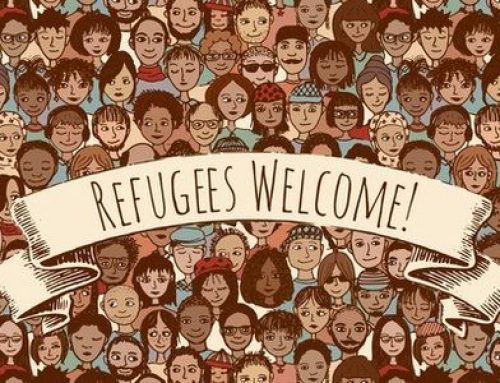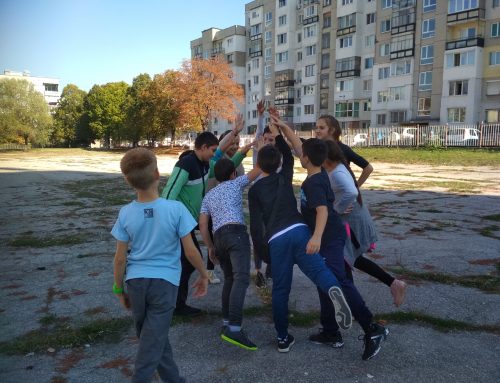Today, the world is celebrating the sixth International Day of Education. This year’s edition is focusing on education as a means to foster peace, and its main theme goes under the slogan “Learning for Lasting Peace”.
How and Why was this Day Created?
The International Day of Education was proclaimed on 3 December 2018 by the United Nations General Assembly, in celebration of the role of education for peace and development. By doing so, the international community stressed the importance of education, in compliance with the Universal Declaration of Human Rights, which states in Article 26 that everyone has a right to it.
Despite this, according to UNESCO figures, “250 million children and youth are out of school, and 763 million adults all around the world are still illiterate.” Their right to education is thus being violated.
UNESCO
As IFYD team, we are strongly committed to doing our part in the creation of a fairer world where everyone has equal access to basic rights, especially education. On top of this, in our outreach activities, we place a particular value on employing the best educational methods to transmit new knowledge and positive values which might bring about the change we are aiming at. We especially believe in the effectiveness and inclusiveness of non-formal education (NFE) approaches.
According to most historians of education, Non Formal Education (NFE) methods first appeared in Brazil in the 1960s and were put into practice by Paulo Freire with the aim to increase literacy levels among rural workers.
The first definition of NFE was given in 1973 by Philip Coombs, an educational planner. In his words, NFE represents:
“any organised educational activity outside the established formal system that is intended to serve identifiable learning clientele (i.e. specific persons to be taught) and learning objectives”
Philip Coombs
His explanation of NFE highlights some of its main characteristics:
- NFE activities take place outside the formal educational curriculum (e.g. traditional schools and universities);
- They are based on the needs of learners and are also learner-centered, i.e. they vary according to one’s learning strategies and kind of intelligence;
- NFE is a planned learning process with educational objectives. Other advantages of NFE are its inclusiveness and accessibility due to its ability to easily adapt to the learner’s needs as well as its tendency to encompass and engage each aspect of the learner in the learning process: their body, their mind, and their emotions.
NFE educational methods are based on active participation (doing, experiencing); for this reason, frontal presentations are not very often employed. A central part of the learning process is self-reflection, i.e. evaluating how and what one is learningand how they are feeling during the activity. Learning through NFE mostly happens experientially (i.e., doing/feeling the things yourself through simulations and role-plays) and input is always interactive (a product of the facilitator and participants; each contributes with their experiences and knowledge).
-Prepared by IFYD ESC Volunteer: Raffaele Dirito
Resources:







Leave A Comment
You must be logged in to post a comment.